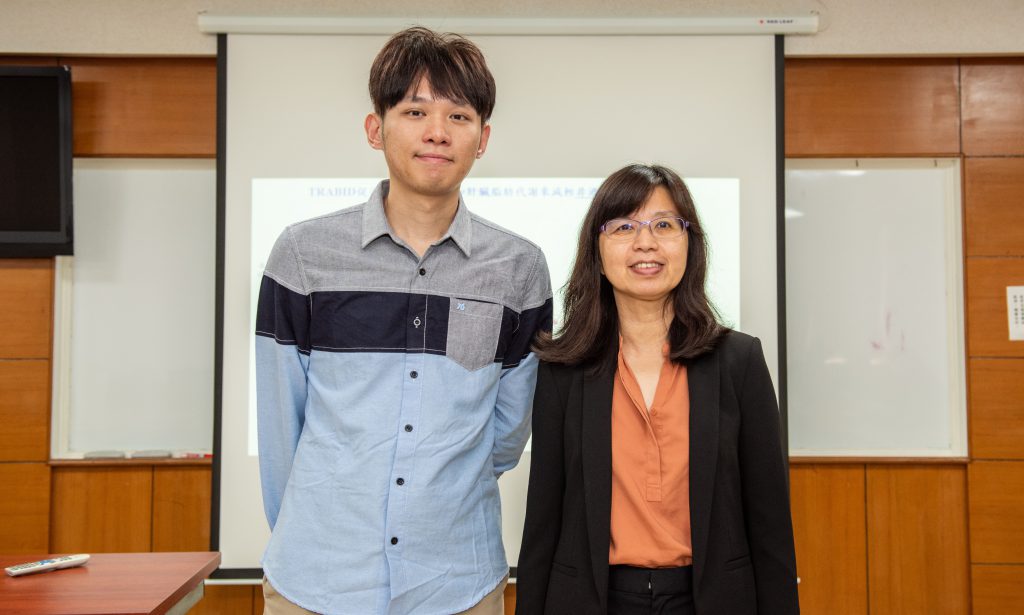
Fatty liver is a prevalent liver disease in Taiwan and worldwide and is associated with obesity, diabetes and cardiovascular diseases. Although fatty liver is normally asymptomatic, its progression can lead to hepatitis, cirrhosis, and even liver cancer. The research team of Dr. Ruey-Hwa Chen at Institute of Biological Chemistry identifies a novel autophagy regulatory mechanism and a potential of preventing fatty liver progression by manipulating this mechanism. The study has recently been published on February 26 in Nature Communications.
The research team identifies a ubwiquitin E3 ligase called UBE3C and a deubiquitinating enzyme called TRABID. The former is responsible for catalyzing a novel branched ubiquitination on an autophagy key factor VPS34, leading to VPS34 degradation. Conversely, TRABID removes such ubiquitin chains from VPS34 to promote its stabilization. Thus, UBE3C inhibits and TRABID promotes autophagy. Under normal physiological conditions, UBE3C and TRABID coordinately regulate VPS34 stability to maintain a balanced autophagy activity, thereby controlling cellular homeostasis.
In addition to eliminating damaged organelles and harmful substances, autophagy can also remove excessive lipids from cells through a process called lipophagy. The research team used a high fat diet (HFD) to induce fatty liver in mice and observed a downregulation of TRABID expression in the livers of HFD-fed mice. Consequently, autophagy could not be efficiently induced in the liver, thus resulting in fatty liver. Remarkably, four-week treatment of mice with adeno-associated virus carrying TRABID gene not only greatly alleviated HFD-induced fatty liver but also prevented liver damage associated with severe fatty liver. This study provides a new insight into the treatment of fatty liver. “If we can identify drugs that can upregulate TRABID expression or activity, such drugs may prevent the progression of fatty liver”.
The first author of this paper is Dr. Yu-Hsuan Chen (a postdoctoral fellow at Institute of Biological Chemistry). Other authors include Dr. Guang-Chao Chen, Dr. Kuen-Phon Wu, Dr. Shu-Yu Lin (Institute of Biological Chemistry) and Dr. Ting-Fen Tsai (National Yang Ming University). The funding was from Academia Sinica and Ministry of Science and Technology.
Full article: https://www.nature.com/articles/s41467-021-21715-1
